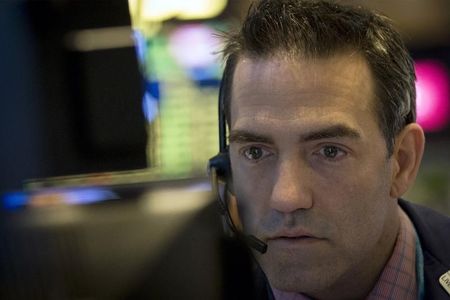Invezz.com –
As I stepped into Soho House on Greek Street in London, the birthplace of the now-global hospitality phenomenon, I couldn’t help but sense novelty mixed with creative energy in the air.
The Greek Street location, nestled in the heart of London’s vibrant Soho district, exudes a charm that speaks to its nearly three-decade history.
Housed in a Georgian townhouse, it blends period features with contemporary design, creating an atmosphere that feels both timeless and current.
Yet beneath the polished surface and buzzing atmosphere, Soho House in 2024 faces mounting pressure to prove it can be more than just a perpetual loss-making enterprise.
After going public in 2021, the company has struggled to convince investors that its business model of high-end private membership clubs can translate into sustainable profits.
As it enters its 30th year of operations, Soho House finds itself at a crossroads.
At £2,950 for an ‘Every House’ membership, can it maintain its cool factor and exclusive appeal while achieving the growth and financial stability demanded by public markets?
Soho House’s numbers paint a complex picture
In its Q2 2024 earnings report, Soho House highlighted several positive trends.
Global membership grew to 204,000, while the waiting list of potential new members swelled to 111,000.
Membership revenues increased by 16% year-over-year. The company’s adjusted EBITDA grew to £26 million for the quarter.
Yet Soho House still declared an overall loss, as it continues to invest heavily in expanding to new locations around the world.
Recent openings included the company’s first South American outpost in São Paulo, as well as new houses in Mexico City and Portland.
The development pipeline for the coming years includes planned locations in New Delhi, South Mumbai, Manchester, Milan, Madrid, and Tokyo among others.
This aggressive growth strategy has left Soho House saddled with £502 million in debt as of early 2024.
The company’s stock price is down over 56% since its IPO in 2021, reflecting investor skepticism about its path to profitability.
In February 2024, short-seller Glasshouse Research published a scathing report on Soho House’s finances, drawing unflattering comparisons to the failed WeWork enterprise.
For CEO Andrew Carnie, who took the reins from founder Nick Jones in late 2022, addressing these financial pressures while preserving Soho House’s carefully cultivated brand presents a formidable challenge.
“We know that it’s a three- to five-year plan,” Carnie said in a recent interview, referring to the company’s efforts to achieve consistent profitability.
However, this timeline may test investors’ patience who have already endured years of losses.
Expansion amidst challenges
The company’s hybrid business model presents unique challenges.
While membership fees provide a stable revenue base, Soho House still faces the operational complexities and high fixed costs of running restaurants, bars, hotels and co-working spaces across its properties.
This leaves it exposed to economic headwinds and changes in consumer behaviour in ways that a pure subscription business is not.
Additionally, Soho House’s aggressive expansion has required heavy upfront investment in property development and renovations.
New house openings often generate losses in their initial ramp-up period before reaching maturity.
While this growth-focused strategy helped build Soho House into a global brand, it has come at the cost of near-term profitability.
The company has also had to navigate broader shifts in work and social patterns accelerated by the pandemic.
With more people working remotely, the appeal of dedicated co-working spaces and business-oriented club amenities may have diminished for some members.
Soho House has adapted by emphasizing its leisure and hospitality offerings, but this transition takes time and investment.
As Soho House enters its fourth decade, it faces no shortage of challenges.
Achieving profitability while fending off newer competitors and retaining its cool factor will require deft management and continued innovation.
The company’s enduring appeal and global scale provide a strong foundation to build upon, but the clock is ticking for Carnie and his team to prove that Soho House can be more than just a perpetual loss-making enterprise.






